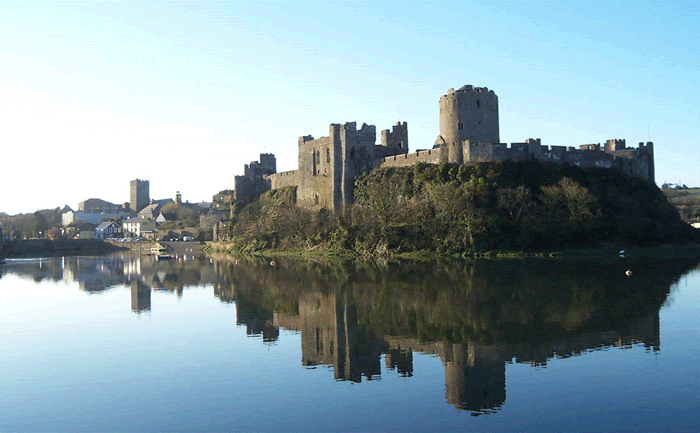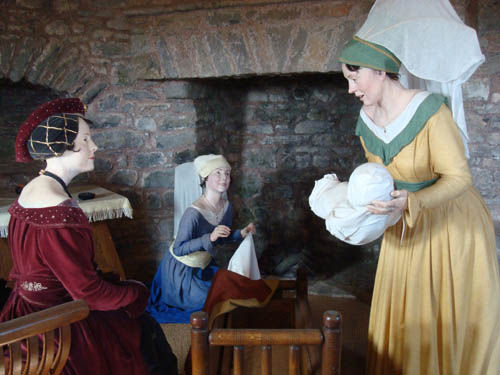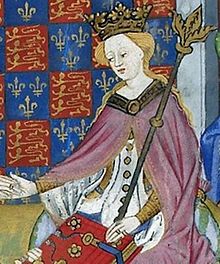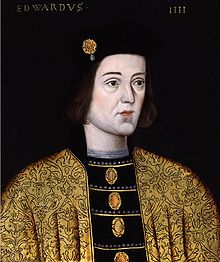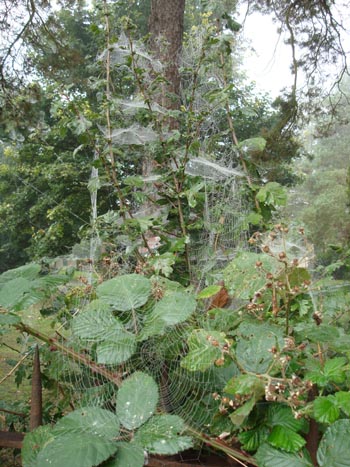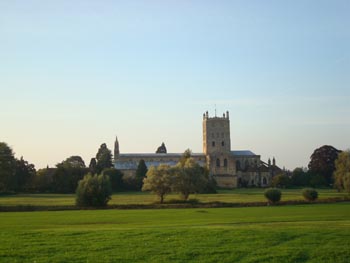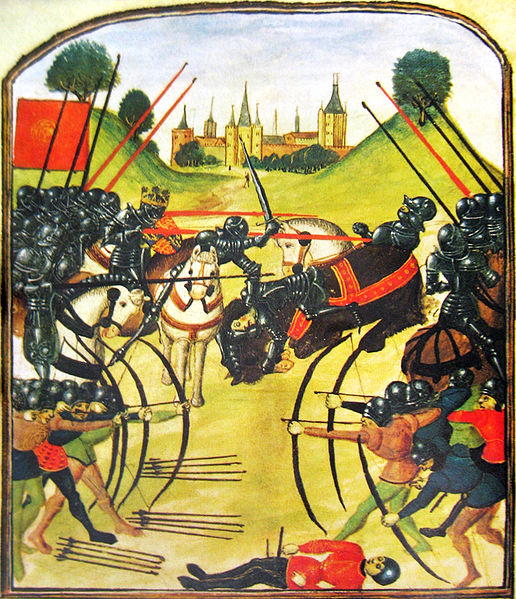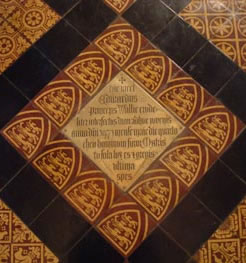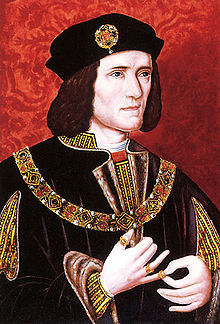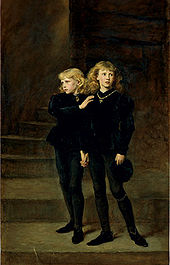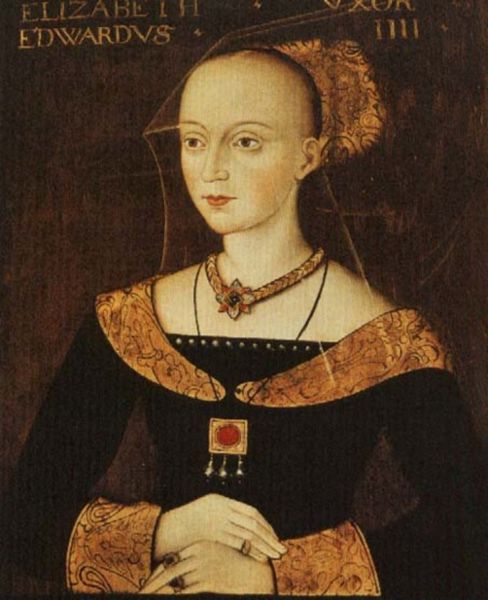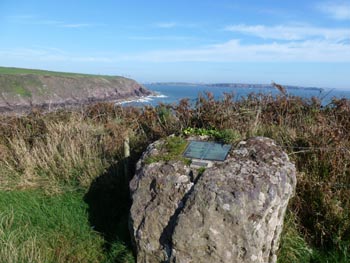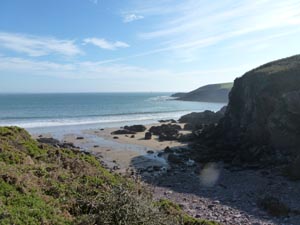
| HOME | ABOUT | PEMBROKE | MONKTON | HISTORY | LANDSCAPE | GALLERIES | PUBLICATIONS | CONTACTS |
Pembroke story
THE WARS OF THE ROSES This is a confusing period in British history when the country was divided in Civil War caused by the rivalry of the two houses of Lancaster and York, and in the ensuing power struggle the Crown changed hands many times. It was into this struggle that a baby boy was born in Pembroke Castle in 1457, a boy named Henry Tudor who founded a dynasty and who was to become undisputed King of England, King Henry VII.
Henry did not have a very strong claim to the throne - there were many with a stronger one - and he might never have been considered at all had it not been for a sequence of events which resulted in the ruthless elimination of rivals during this period. But first, let's look at how it all started . A right Royal love affair In the year 1436 English society was shocked by a grave scandal. Katherine De Valois, widow of Henry V and mother of the reigning monarch, gave birth to a child. It was actually her fourth since her husband’s death and the father was Owen Tudor, a Welsh soldier of no particular rank but whose handsome person had captivated the queen. The love affair ended. Katherine was sent to the Abbey of Bermondsey, where her baby died and she died the following year. Owen was sent to Newgate from whence he escaped “This year one Owen, a man ne of birth, ne of livelihood, brake out of Newgate at searching time, the which Owen ha privily wedded Queen Katherine, and had three or four children thereby, unknown to the common prople till she was dead and buried” The London Chronicle In 1442 the king, Henry VI, came of age and, having grown up on extremely good terms with his half brothers Edmund and Jaspar, rewarded them. Edmund was married to Margaret Beaufort, granddaughter of John of Gaunt - and this link with the royal line was Henry's claim to the monarchy. Jaspar was later made Earl of Pembroke. Henry VI was not made of the stuff of kings, particularly mediaeval ones, and allowed himself to be dominated by powerful factions. He was deeply religious. kindly and not in the least bit warlike - had he been a scholar instead of a king he may very well have gained admiration: his legacy was the founding of Eton College and Kings College, Cambridge. Not only was he too feeble to be king, he suffered from mental illness and eventually suffered a complete mental breakdown in 1453. Richard Duke of York, next in line, became regent but his hopes of becoming King were thwarted by the birth of Prince Edward and by the determination of Queen Margaret of Anjou who assumed leadership of the Lancastrian cause. Henry too rallied and partially recovered, York was excluded from government in 1455 and civil war broke out. This was the beginning of the the Wars of the Roses, called as such by the novelist Sir Walter Scott because the emblem of Lancaster was a red rose and that of York was a white one.
The wars begin Richard Duke of York fought back defeating his rival Somerset in the Battle of St Albans in 1455 and later in 1459 captured the king at the Battle of Northampton securing the succession for himself rather than Henry's son Prince Edward. His triumph was short lived however. He was killed in the Battle of Wakefield December 1460 and Henry VI was safe once more in Lancastrian hands, although not for long. The following March, York's heir declared himself Edward IV with the support of Richard Neville, earl of Warwick, and went on to rout the Lancastrians at the bloody Battle of Towton in Yorkshire. Poor Henry was captured and confined in the Tower of London while Margaret and her son Prince Edward fled to France.
The end of Lancaster Warwick was one of the richest and most powerful magnates in England and had earned the nickname 'kingmaker' supporting first Edward of York and then, after a falling out, restored Henry in October 1470. But for only a few months: Warwick himself was killed at the Battle of Barnet dashing the hopes of Margaret of Anjou who returned from exile with Prince Edward to reclaim the throne. Her intention was to join forces with Jaspar Tudor in Wales but failing to cross the River Severn at Gloucester, they fell back to Tewkesbury. It was here in 1471 that the Lancastrians were slaughtered and Edward 'the hope of Lancaster' lay dead and buried in the Abbey Battles don't really mean very much when stated like this - to get a little feel of what really happened all that time ago at Tewkesbury, I went there and followed the Battle Trail.
It was really eerie that misty, september day when I walked along the the Bloody Meadow, scene of choas and carnage as the Lancastrians fled from the victorious Yorkists. Cobwebs everywhere hung, heavy with dew, like so many lost souls. Some fled to the Abbey but there was little chance of escape. Among those killed was Prince Edward himself. Those who survived the battle and sought sanctuary in the Abbey were likewise slaughtered. Most were buried in and around the Abbey with Prince Edward being buried in the Cathedral Choir: an inscribed plaque marks the spot while overhead shines the resplendent sun of York.
The Lancastrian cause was smashed, finished - well, for a while ... Meanwhile - back in Pembroke During the Wars of the Roses, town & castle wavered in support of warring Lancastrian & Yorkist factions. In 1447 Jasper Tudor (half brother to Henry IV) was appointed Earl of Pembroke and into his care was sent the young Margaret Beaufort, wife of his brother Edmund. She gave birth to a son in Pembroke Castle, a son destined to become Henry VII and founder of the Tudor dynasty. Edmund died two months before the birth of their son Henry. Jasper continued to fight for the Lancastrian cause and was stripped of the Earldom of Pembroke in 1461. William Herbert replaced Jasper, becoming the first Welshman to hold the title, and gained custody of young Henry whom he planned to marry to his own daughter. However, in July 1469 he was captured and beheaded by the Lancastrians, now led by the Earl of Warwick, after the Battle of Edgecote Moor, near Banbury. Although Henry’s claim to the throne was flimsy, the Battle of Tewkesbury in 1471 resulted in the death of Henry VI’s son and heir, Edward Prince of Wales. All eyes turned to Henry Richmond as the next best Lancastrian candidate: his life henceforth was in danger. Jasper took the teenage Henry with him into exile, escaping first to Tenby, where they were welcomed by the Mayor,Thomas White, and then to Brittany
Fall of the Yorkists
Edward IV was a strong king and established a measure of stability to his divided kingdom. He had poor Henry VI murdered following Tewkesbury and with the Prince of Wales dead there was no real rival. His brother George, Duke of Clarence also went the same way. Had he not died prematurely in 1483, his dynasty would have continued with his son, Edward, succeeding. As it was, Edward was only 12 and he died leaving the Country and his sons in the care of his brother Richard, Duke of Gloucester. And so enter one of history's greatest villains, or so Shakespeare would have it. Richard seized the throne for himself and imprisoned Edward and his younger brother in the Tower. Whether or not he murdered them is disputed - but they were never seen again. The Lancastrians were busy. Just two years later Henry Tudor in exile in Brittany launched his invasion which culminated in the Battle of Bosworth 1485. Richard was killed and Henry crowned on the battlefield. He married Elizabeth of York thereby bringing the Wars of the Roses to an end and securing lasting peace.
Mill Bay, near Angle with a memorial plaque marking the place where Henry Tudor landed with his army in 1485 "We will unite the white rose and the red ... O, now let Richmond and Elizabeth, The true succeeders of each royal house, By God's fair ordinance conjoin together. And let their heirs, God, if thy will be so, Enrich the time to come with smooth-fac'd peace, With smiling plenty, and fair prosperous days." William Shakespeare, Richard III
For more information refer to www.warsoftheroses.co.uk http://en.wikipedia.org/wiki/Wars_of_the_Roses
Timeline
|
Through the Ages
 |
| Beginnings |
| Iron and Rome |
 |
| Dark Ages |
 |
| Normans |
 |
| Earldom of Pembroke |
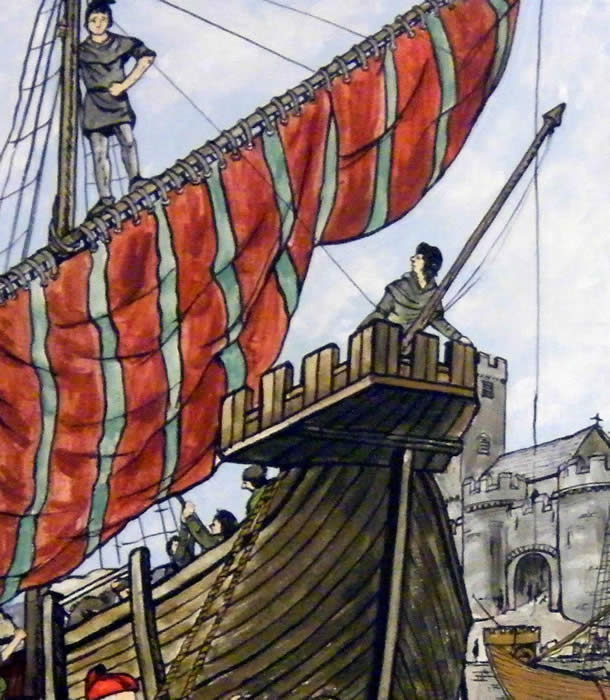 |
| Medieval Pembroke |
 |
| Wars of the Roses |
 |
| Tudor |
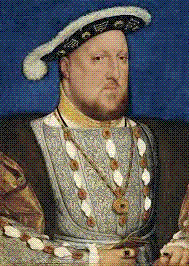 |
| Religious and political change |
 |
| Stuart & Civil War |
 |
| 18th Century |
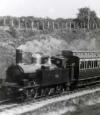 |
| 19th Century |
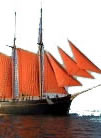 |
| Modern Times |
